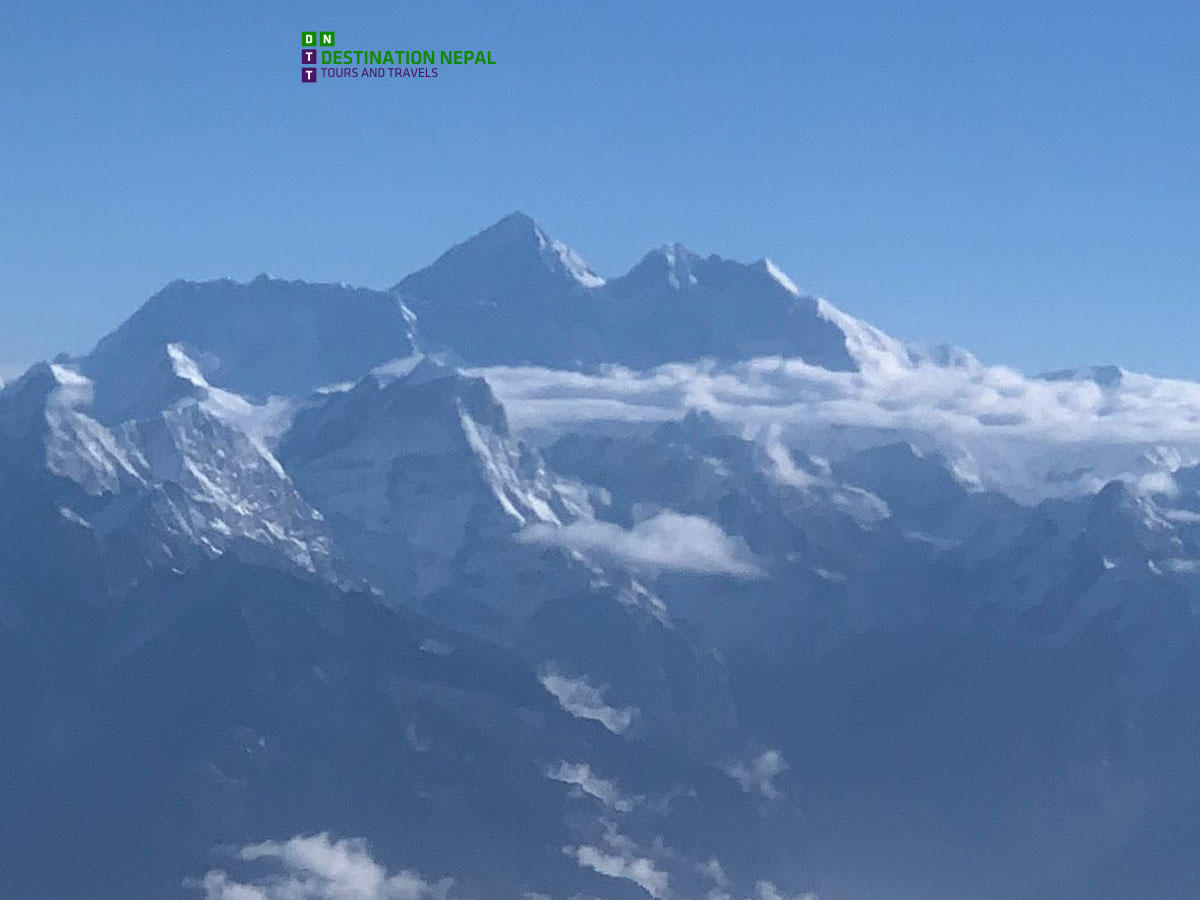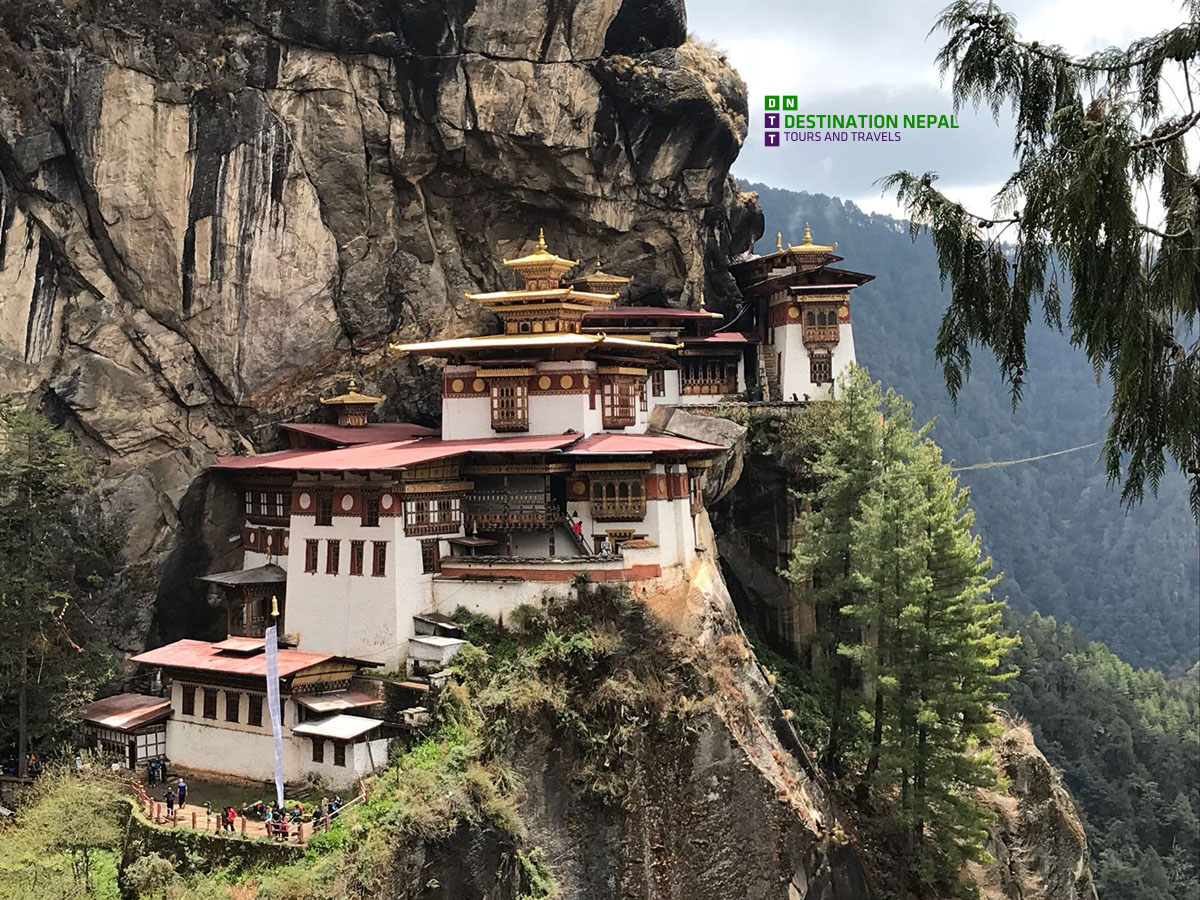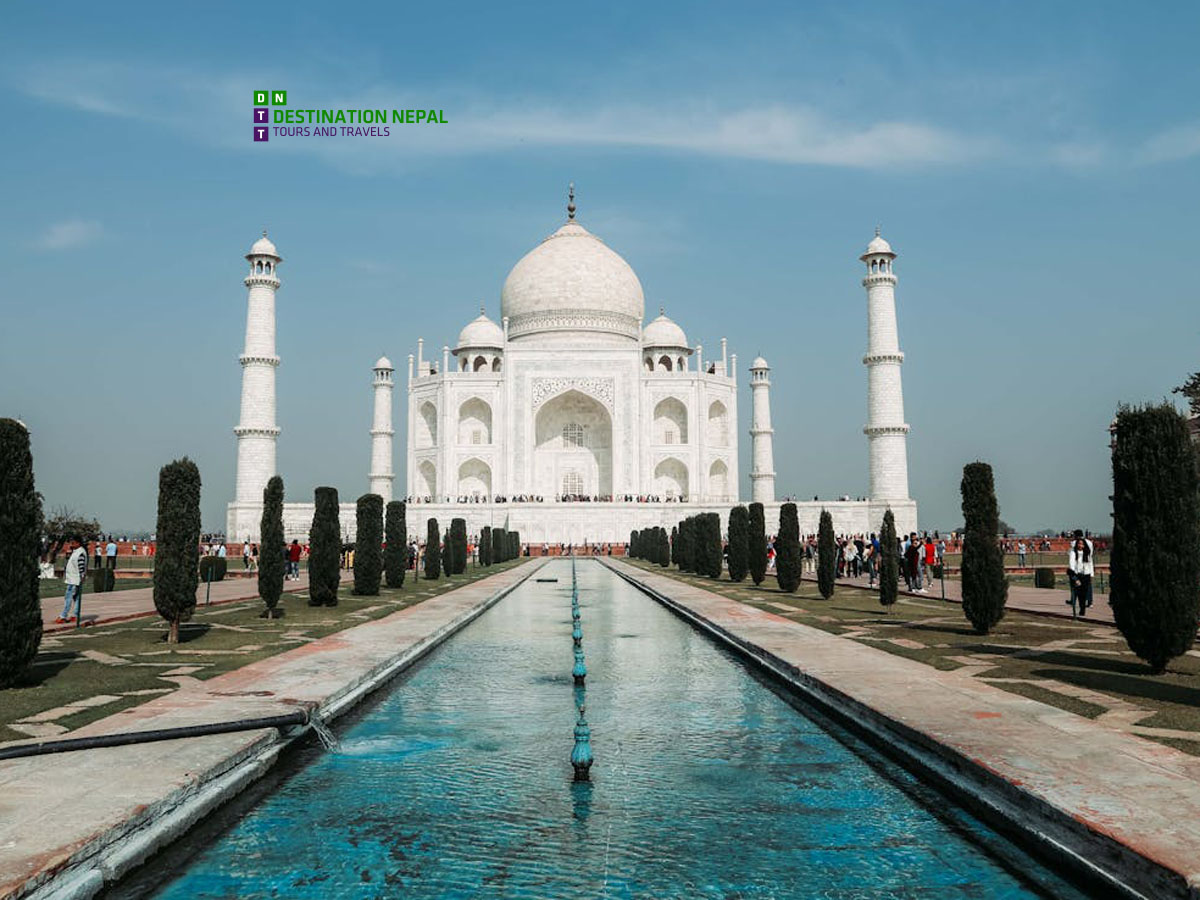Places to visit in Bhutan
While there is so much to see here, following is a list of recommended places to visit in Bhutan. There is of course much, much more, but this will get you started...
Punakha, the ancient capital of Bhutan.
Located in the sub-tropical Punakha Valley, the old capital was centred in Punakha Dzong (fort), built in 1637 by Shabdrung Ngawang Namgyal and situated between Pho Chu (Male River) and Mo Chu (Female River). The Shabdrung is credited with being the unifier of Bhutan and he also sought to create a distinctly Bhutanese cultural identity, separate from the Tibetan culture from which it was derived. This magnificent dzong has been destroyed by four fires, an earthquake in 1897 and has frequently been devastated by flood water coming from the great northern glaciers! However, the Dzong has now been fully restored to its original splendour.
Thimphu – current capital of Bhutan.
With about 100,000 population, Thimpu is a contribution of ex King Jigme Dorje Wangchuk,. All new buildings have been designed in traditional style with Buddhist motifs and the result is a charming capital nestled in the Wang Chuu Valley. It is one of only two capital cities in Asia without traffic lights!
Things to see in and around Thimphu:
The National Memorial Chorten built in memory of the third King of Bhutan, Jigme Dorji Wangchuck. The deities depicted inside are from the Nyingmapa tradition of Buddhism and teachings of Vajrayana Buddhism and provide a rare insight into Buddhist Philosophy.
The National Library, which holds a vast collection of ancient Buddhist manuscripts and some of the oldest records of Bhutanese history and religion.
The Painting School, famous for carving and free hand art. Here you can see not only paintings, sculpture, clay work and metal work, but also students and artists at work.
The Traditional Medicine Institute, established in 1988, traditional herbal medicines are prepared here in accordance with ancient practices and distributed nationwide. There is a daily clinic where doctors diagnose patients and prescribe appropriate traditional medicine or treatments.
The Folk Heritage Museum. whose principal exhibit is the museum building itself, a stunningly restored traditional rammed-earth and timber house. The museum is dedicated to connecting people to Bhutan’s rural past through exhibition of items and artefacts used in rural households, demonstrations of rural customs, traditions, habits and skills; educational programmes for children about rural life in Bhutan, and research and documentation of rural life.
The Tashichho Dzong (or the ‘Fortress of the Glorious Religion’), built in 1641 by Shabdrung Ngawang Namgyal and reconstructed in 1961. It is presently the seat of the national government and the Central Monastic Body, including the summer residence of the Je Khenpo (Chief Abbot and spiritual leader of Bhutan).
A nice day trip from Thimphu takes you to Tango and Cheri Monasteries, two of the most highly respected Buddhist academic monasteries in Bhutan:
Lama Gyalwa Lhanampa founded the monastic school at Tango Monastery in the 12th century and the present building was built in the 15th century by the 'divine madman', Lama Drukpa Kuenley. Tango is the residence of an important Tulku (reincarnate lama) who is recognized as the seventh reincarnation of the highly respected fourth Desi, Gyalse Tenzin Rabgye, whose previous incarnation passed away in 1830.
The Cheri Monastery was built in 1620 by the Shabdrung Ngawang Namgyal. The monastery located at the northern end of Thimphu Valley about fifteen kilometres from the capital is now a major teaching and retreat centre of the Southern Drukpa Kagyu . Stunningly located on the southern edge of the Jigme Dorji National Park, the monastery is a steep walk uphill from the road head through a delightful forest rich in plant species, animal and birdlife. The views from the monastery are delightful and a silver chorten inside the monastery holds the ashes of the Shabdrung's father.
Paro.
This is the town in western Bhutan that you will fly into on your arrival to Bhutan.
Some things to see in and around Paro:
Built in 1656, the conch shell shaped Ta Dzong, is an ancient watchtower that, since 1967, has been the National Museum of Bhutan. It is located at the hilltop above Paro Ringpung Dzong and was renovated in 1968. It is believed that a tunnel leads to water supply from watchtower to below. A specific route must be followed in the building which ensures a clockwise progression around important images. Exhibits include an impressive collection of thankas; a description of early history that illustrates how magic and science are inseparable in Bhutan; and not to be missed, Bhutan’s eclectic stamp collection, including some stamps that you can listen to on a record player!
A nice evening activity is to visit the Drukgyal Dzong (now in ruins), built by Shabdrung Ngawang Namgyal to commemorate the victory over the Tibetan invaders in1644. The dzong’s name actually means "victorious Druk" and it had been used as an administrative centre until 1951 when a fire caused by butter lamp destroyed it. You can explore the ramparts and on a clear day we can see the unforgettable view of Mt. Jhomolhari (7,314 m) – this is a great sunset spot.
Other amazing places to visit:
Taktsang, the Tiger's Nest Monastery
Perched high on a cliff, this is one of the most important places in Bhutanese Buddhism. While flying on the back of a tiger, Guru Rinpoche identified Taktsang as a sacred place and meditated in a cave for three months. Guru Rinpoche is also known as Padmasambhava, the tantric mystic who brought Buddhism to Bhutan in 747 AD. Today it's perhaps the best-known monastery in the world, because of its stunning location and it is the unofficial symbol of Bhutan. The monastery was built around the meditation cave in 1684 by the Penlop (governor) of Paro and although a fire destroyed most of the original buildings in 1998, these have since been painstakingly restored to their former glory.
A hike to Taktsang is a steep walk and takes 2- 2 ½ hours to reach. The trail climbs through beautiful pine forest, many of the trees festooned with Spanish moss, and an occasional grove of fluttering prayer flags. You can stop for a rest and light refreshments at the Taktsang Jakhang (cafeteria) and then walk a short distance until we gain an incredible view of the Monastery, perched precariously on the edge of the sheer 800m cliff!
The Haa Valley to visit Chorten Nagpo and Chorten Karpo
These two famous monasteries are also known as Lhakhang Karpo (White Temple) and Lhakhang Nagpo (Black Temple). The central shrine in Lhakhang Nagpo is said to be almost identical to that of the Jowo temple in Lhasa. Legend has it that local deities assisted in the construction of Lhakhanga Karpo. The Bhutanese come here to offer prayers and adorn the hills with prayer flags to pray to the Mountain Gods.
Wangdiphodrang Dzong
Built during the 17th Century this magnificent Dzong is located near the last town before entering central Bhutan and it played a vital role in unifying the districts of Bhutan. It is said that the Dzong came into being when the Shabdrung Ngawang Namgyal came across a small boy named Wangdue who was playing on the riverbank. Being so touched by the boy’s innocence the Shabdrung named the Dzong in the valley Wangdue Phodrang (meaning Wangdue’s palace). The Dzong’s location was fixed as it was the site at which four ravens were seen flying in four different directions which was considered an auspicious omen, indicating the spread of Buddhism in these four directions.
Gangtey Gompa
Founded in the 16th century by Gyaltse Pema Thinley, the grandson of the great Bhutanese saint Pemalingpa. At the end of the 17th century it was enlarged by the second reincarnation, Abbot Tenzin Legpai Dhendup. It is currently headed by the Abbot Kunzang Pema Namgyal, who is the ninth re-incarnation. It is a Nyingmapa monastery and is affiliated to other Nyingmapa monasteries including Tamshing in Bumthang and is well known for its lovely paintings and statues.
Rare birdlife in the Phobjikha Valley
Enjoy the contrast from high rhododendron forests into the unique open marshlands of the Phobjikha Valley, famous for sheltering the rare Black Necked Cranes during winter. The cranes, usually in a flock of up to 200 birds, migrate from northern Tibet to winter here. Their numbers have been gradually increasing over the years and it is important to respect this important conservation site and not to disturb these beautiful birds.
Trongsa
The first temple in Trongsa (the Chorten Lakhang) was built in 1543 by the Drukpa Kagyu lama, Ngagi Wangchuk, who was the great-grandfather of Shabdrung Ngawang Namgyel, the person who unified Bhutan.
Trongsa Dzong, said to be the most impressive in Bhutan, was built in 1644 and is the ancestral home of the present Royal Family. The first two hereditary kings ruled Bhutan from this Dzong. Traditionally, the King of Bhutan first becomes the Penlop (governor) of Trongsa before being named Crown Prince and eventually King. Built on a mountain spur high above the gorges of the Mangde Chhu (river), the dzong controlled east-west trade for centuries. The only road connecting eastern and western Bhutan passed through the courtyard of the dzong and at the command of the Penlop the massive doors could be shut, dividing the country in two.
The Ta Dzong of Trongsa is an ancient watch tower built even higher up the mountainside to protect the dzong from enemies. It has unusual architecture, with two aisles protruding from the main building, something not found elsewhere. The chapel inside the Ta Dzong is said to be dedicated to the Trongsa Penlop Jigme Namgyal.
Bumthang
Even the drive to Bumthang is incredible. Firstly on a dramatic road through forest and over a mountain pass before the scenery changes to the gentle spruce and fir covered slopes of the Bumthang region. This spectacular area is well worth spending a few days exploring:
The Jakar Dzong, which literally means "The Fort of the White Bird". It was founded in 1549 by the drukpa lama Ngagi Wangchuk on the site where a white bird landed, indicating a good omen. It was enlarged in 1646, restored in 1683 and again in 1905 after a devastating earthquake. It now houses the Bumthang administration but unlike many other dzongs has no resident monks.
Lamey Goemba, a beautiful royal mansion and monastery built in 19th century.
Jambay Lhakhang, revered as one of the oldest temples in Bhutan. It is one of the 108 temples said to have been miraculously built in one night by the Tibetan king Srongsen Gampo to pin down a demoness. This temple was built to hold down her knee, while the Kichu Lakhang in Paro holds down her left foot.
The central figure in the sanctuary is the statue of Jampa (or Maitreya), the Buddha of the future, after whom the temple is named. There are also three stone steps inside believed to represent past, present and future, which are slowly sinking into the ground. It is said that when all the steps disappear the future Buddha will arrive and we will all gather in Bumthang Valley to receive his teachings. Under the temple is said to be a lake in which Guru Rinpoche hid several Terma (sacred teachings). In October one of the most spectacular festivals of Bhutan, "Jambay Lhakhang Drup" is staged here.
Chakhar Lhakhang, the site of the palace of the Indian King (the Sindhu Raja) who invited Guru Rimpoche to Bumthang. The current building was built in the 14th century, by the saint Dorji Lingpa and it is rightfully known as Dechen Phodrang where as previous building was built of iron and nine story high.
Kurjey Lhakhang, named after the body print of Guru Rinpoche which is preserved in a cave inside the oldest of the three buildings that make up the temple complex. The first temple is the oldest and was built in 1652. Ugyen Wangchuck, the first monarch of Bhutan, built the second temple in 1900 when he was still Trongsa Penlop. The third building is a new Lhakhang built by the queen mother, Ashi Kesang Wangchuck, in 1990.
Tamshing Lhakhang (Temple of the good message). One of the most important Nyingmapa gompa in the kingdom, was established in 1501. It is believed that the structure was built by Pema Lingpa with the help of female celestial deities. The images on the inner walls are believed to be the original images painted by Pema Lingpa.
Mebar Tsho (Literally means "Burning Lake"), a short distance up the road leading to Tang valley. According to the legend, Mebar Tsho derives its name from the fact that the butter lamp was still in burning state even after being taken out of the water by Pema Lingpa .




